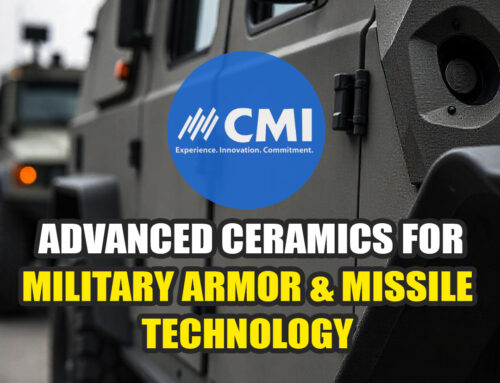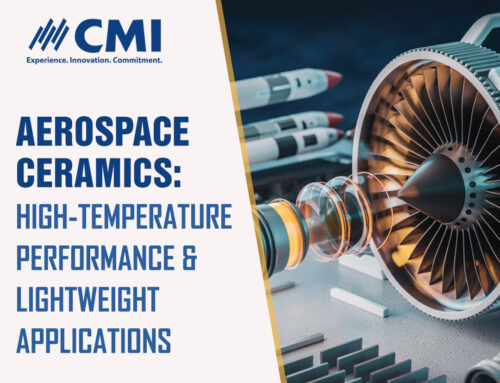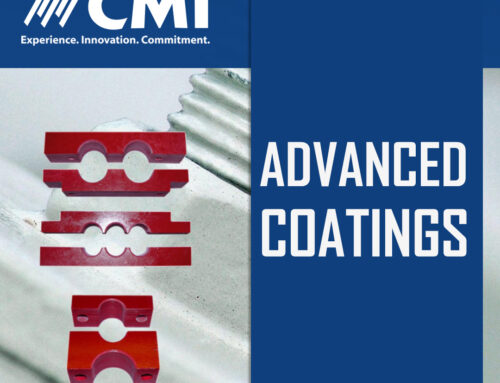Mil-Spec
First, what is a mil-spec anyway? A mil-spec has to do with the military. It is what the military uses as it’s standard. In the military, everything is standardized to allow for reliability, compatibility, and commonality between systems. This allows the military to swap out components at a moment’s notice in the most awkward places. Mil-Spec is the specifications that the military has set for that particular component. Most times the component’s design rights are owned by the government. These designs are then made by various companies to the specs needed to sell to the Department of Defense and its contractors. The benefit that general consumers get is the price point, as they are much less costly than most other components. In addition to mil-spec, you may see other component terms used such as:

Reliability
MIL-SPEC (Defense Specification)
MIL-PRF (Defense performance Specification)
MIL-DTL (Defense Detail Specification)
MIL-STD (Defense Standard)
By using the word mil-spec you are stating that the component will meet the military standards of that component. There are two great examples of how our industry uses mil-spec standards. This is in Mil-Std-810G and mil-std-461F. The 810G is a standard for a broad range of environmental conditions. And, 461F is a standard of testing electromagnetic compatibility. These are the standards that the military uses when selecting components and hardware for their vessels, vehicles, and aircraft as well as other specialty units. There is a cost to test at 461F which is about $25k and it takes about 2 weeks to complete.
Mil-spec connectors

Connectors
Mil-spec connectors are the connectors that pass the Military Standard. They were created in the 1930s for the Army and Navy. However, they have since spread throughout the entire military, as well as automotive, marine, and commercial applications. They typically consist of a male and female end or a plug and receptacle. The electrical contacts are made up of Beryllium copper and typically plated with gold or some other highly conductive and non-corrosive material. These contacts are then housed in a dielectric insulator which is then put into an enclosure. And, it will be sealed between the connectors and the enclosure with a moisture-resistant and hermetic seal. Often times the connectors are made so that there is only one way they will connect with each other. This is an added feature of protection for the electrical components. Many times the mating halves have some sort of locking mechanism that allows them to lock together to prevent them from coming apart by mistake.
In recent times the automotive industry has started using mil-spec as a term to market their aftermarket components. You will see this term used in wiring harnesses, sensors, and electrical components. There is a lot that goes into the entire understanding of mil-spec but here, we were simply trying to get a basic understanding of what it means. Every mil-spec is a standard and offers a tool for testing, building, and executing component manufacturing. There are a lot of different mil-specs out there but in essence, they all lead back to being a military standard.
But, why use Mil-Spec in non-military items?
While the military is in strange and remote locations, many of us civilians have access to things making a Mil-spec pointless? Not really. It makes the quality of the item better. Mil-spec also ensures that say your headlamp goes out in your car, that you can purchase another one, anyone that was made for that car, and replace it. It doesn’t mean that you need to buy an OEM part. In fact, once the body design is done on that vehicle, OEM may at some point, quit making that particular headlight. Then, what? You will turn to aftermarket designs. The aftermarket should fit right in place with how it seats on the vehicle. This is due to the Mil-spec design.
Mil-spec in automotive also allows the OEM companies to use the same part in different vehicle designs. This keeps the cost of tooling and production down. Think about it, if you have 2 or 3 designs that all use the same taillight, there will be more made on that single tool than if it was only to be used on one model. Keeping costs down is something that every company is looking to do. This is one way they can do it. It allows them to also swap out different components, within reason,
The end consumer enjoys consistency
You may have noticed this sort of thing on the interior of cars. The cluster of blinkers, washer fluid, and wipers is similar in many of that vehicle manufacturers. This allows for ease of use for the end consumer as well. You will notice that if you get into a vehicle that is a different make than something you drive normally, it takes longer to get your bearings. This is another good reason that follows a certain spec. People get used to something and they will continue to use and buy that brand because of it.
This is true in the military as well. When the soldiers go from vehicle to vehicle, they need consistency to be able to find the very basic components. It makes it easy for them during combat to switch between the different vehicles. Being able to hop into any of the vehicles in the military and drive off quickly is important. It is equally important that the components of those vehicles can be swapped, should there not be a part store around. This is one of the main reasons for Mil-Specs.
Mil-Spec demands more dollars
The term put on the packaging makes the consumer think that they are getting an elite design. While we understand the engineering behind what mil specs are, the testing that needs to be done, and everything that goes into a mil-spec product consumers do not. They just hear the terms and to them, that means something. This is why having Mil-spec on the packaging of the product will help sell the product.
CMI Meets Mil-Spec Standards
CMI has been delivering Mil-Spec standards for decades. We can handle your needs today and tomorrow. Contact us for more information and consultation for our engineering expertise.







You must be logged in to post a comment.